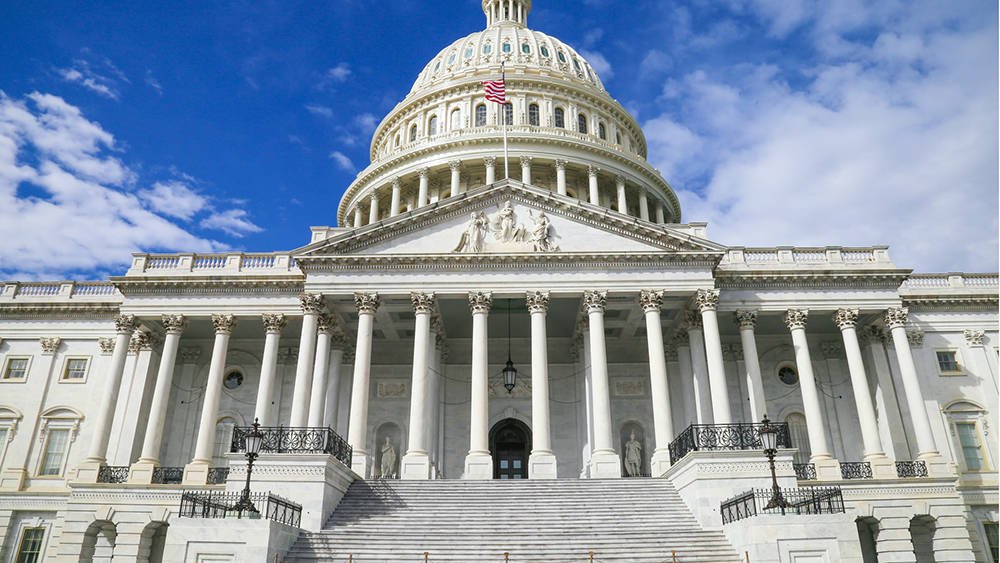Legislation introduced by Senators John Barrasso (R-WY) and Martin Heinrich (D-NM) would help protect the research and development of new treatments for patients with rare diseases. The bill (S.1862) is the latest sign of growing, bipartisan momentum to strengthen incentives that have helped drive medical progress for the rare disease community.
Catch up quick: There are over 10,000 rare diseases affecting more than 30 million Americans, yet only 5 percent of rare diseases have an approved treatment. Recognizing the unique challenges of developing new treatments in this space, in recent decades, policymakers have adopted bipartisan solutions to encourage R&D in rare diseases. Thanks to those efforts, hundreds of treatments are available and improving lives.
Yes, but: Future progress is at risk because of the government price-setting policies in the Inflation Reduction Act. The law exempts medicines approved for one rare disease, but not medicines approved for multiple rare diseases. As BIO’s John Crowley has warned, this undermines “biomedical progress for the thousands of individuals living with these diseases who are still waiting for any treatment or cures.”
A bipartisan solution: Republicans and Democrats have joined together to introduce the ORPHAN Cures Act. The bill exempts from government price setting innovative medicines approved for one or more rare diseases, fixing a flaw in current law. The legislation was introduced in the U.S. House of Representatives (H.R. 946) by Reps. Don Davis (D-NC) and John Joyce (R-NC) and has seen growing bipartisan support. Now, Sens. Barrasso and Heinrich are taking the lead in the U.S. Senate. The legislative fix has also been included in the budget reconciliation bill moving through Congress.
BIO’s take: “We applaud Sens. Barrasso and Heinrich for working across the aisle on this important, patient-centered legislation. Unintended consequences should never stand between patients and the new treatments and cures they desperately need. We urge Congress to protect the development of new medicines for rare diseases by adopting this pro-patient, pro-innovation proposal as soon as possible.”




